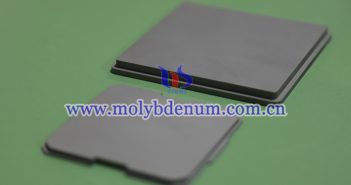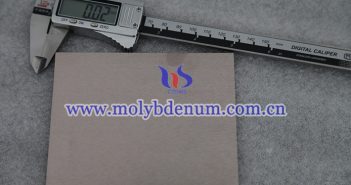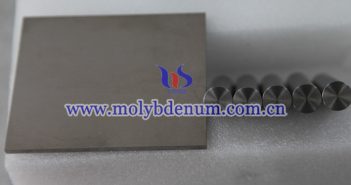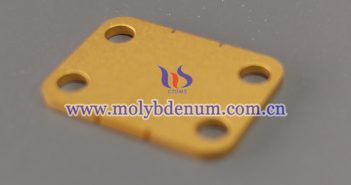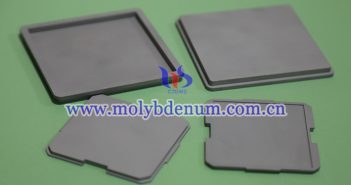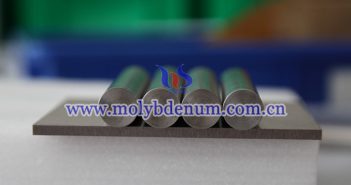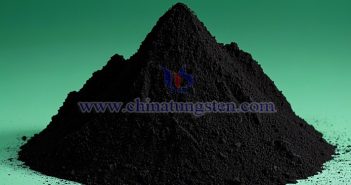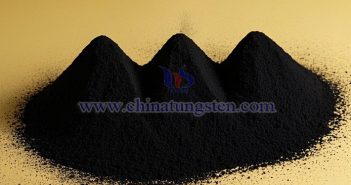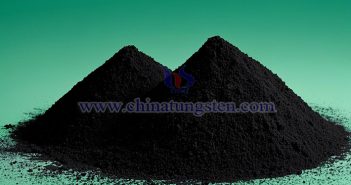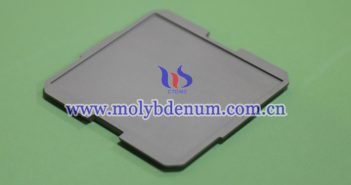
Powder metallurgy (PM) and liquid phase sintering (LPS) are two common process methods in the preparation of molybdenum-copper alloys. Although both can be used to produce molybdenum copper, there are obvious differences in terms of process, material properties, cost and application fields. 1. Material density and structural uniformity The powder metallurgy process mainly relies on solid-phase sintering, due to the limited shrinkage of the material in the sintering process, the density of the final product is usually low, and it…

